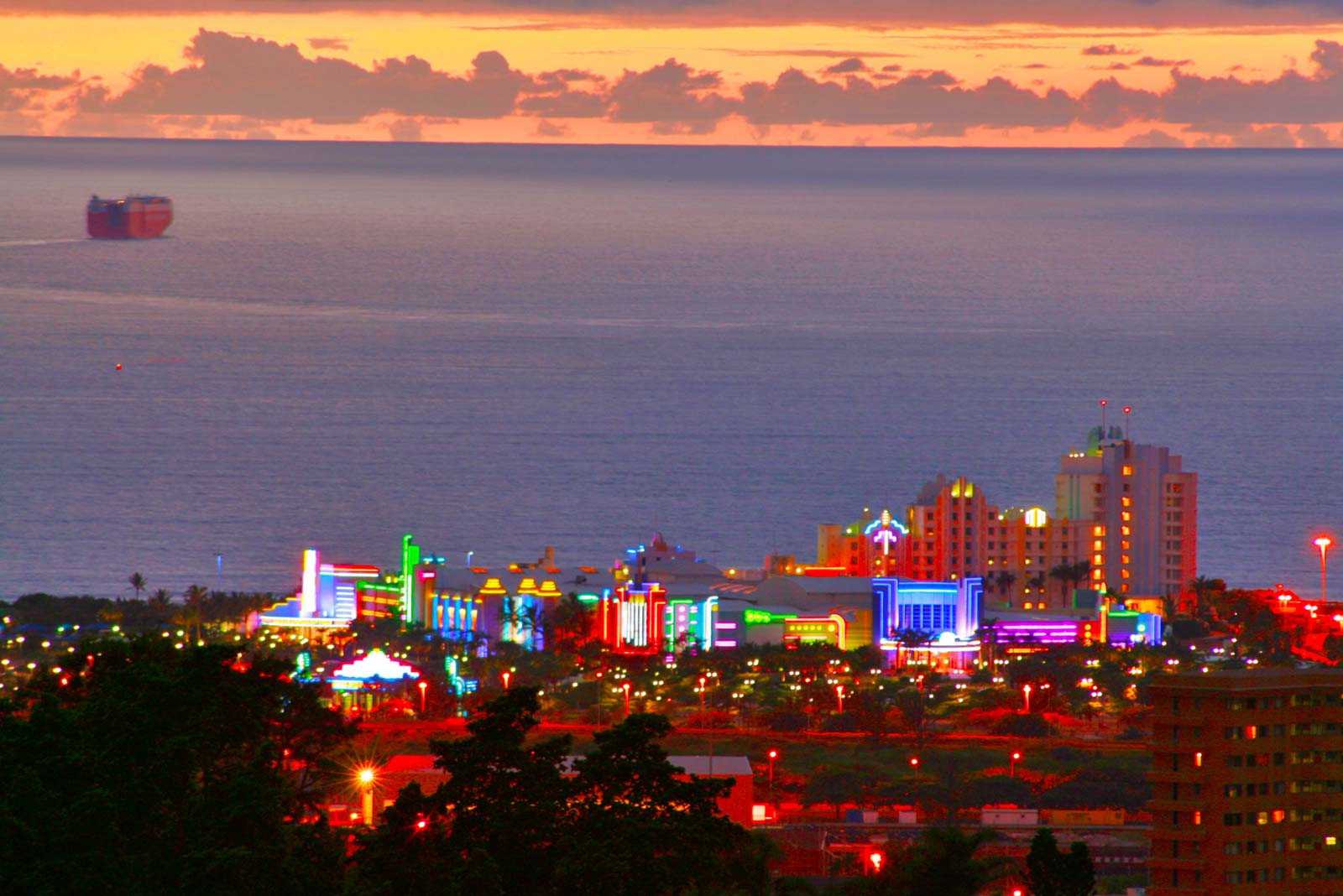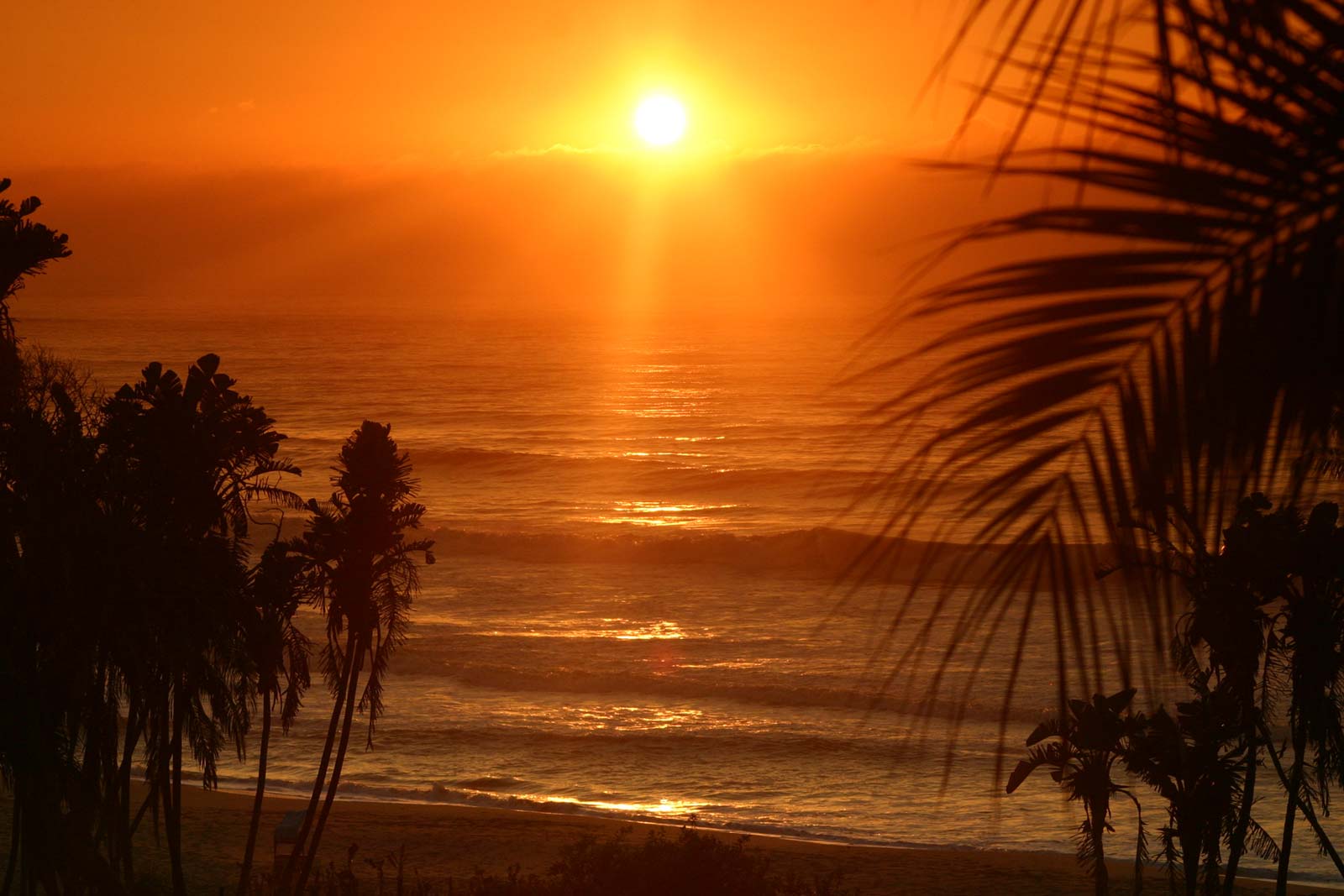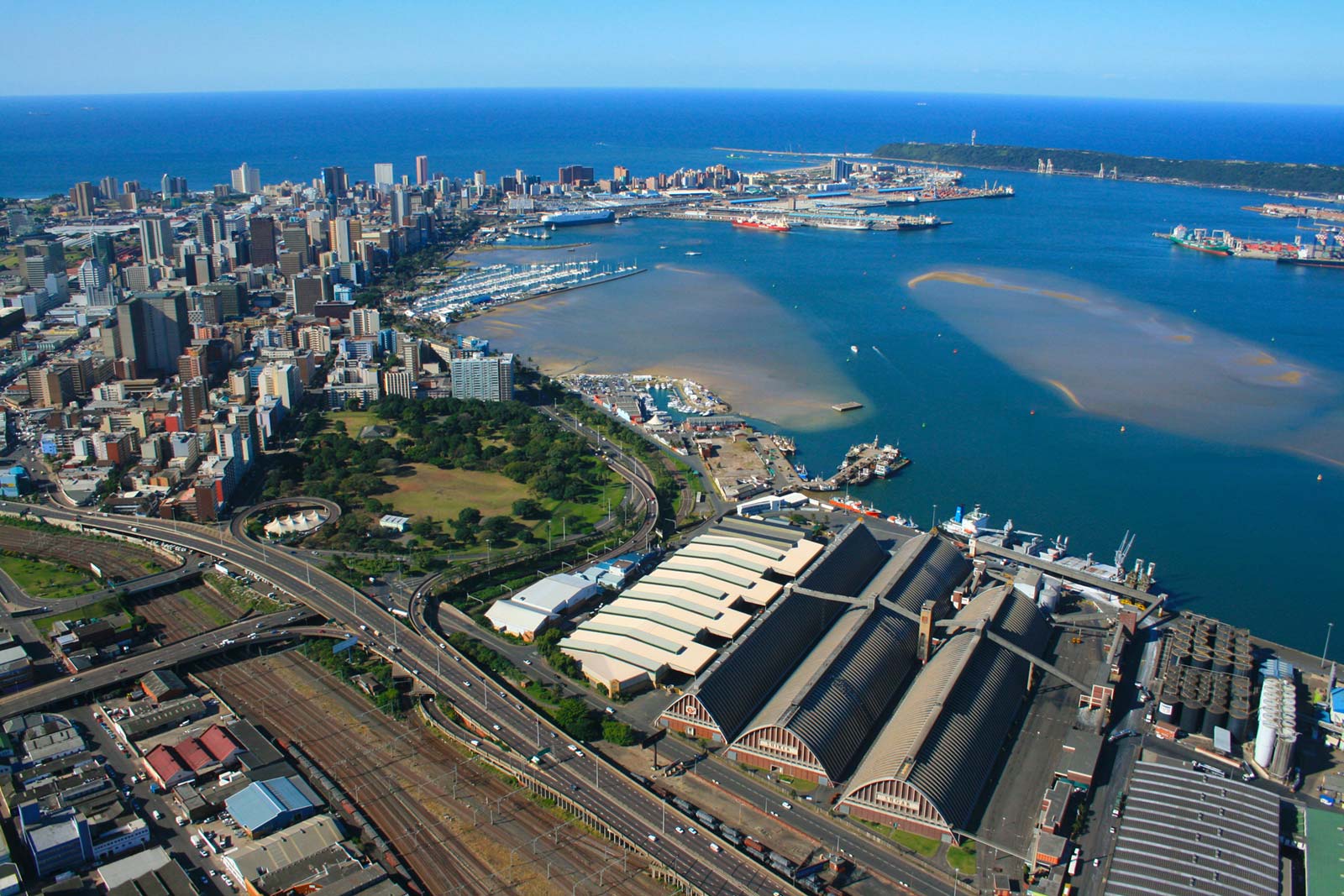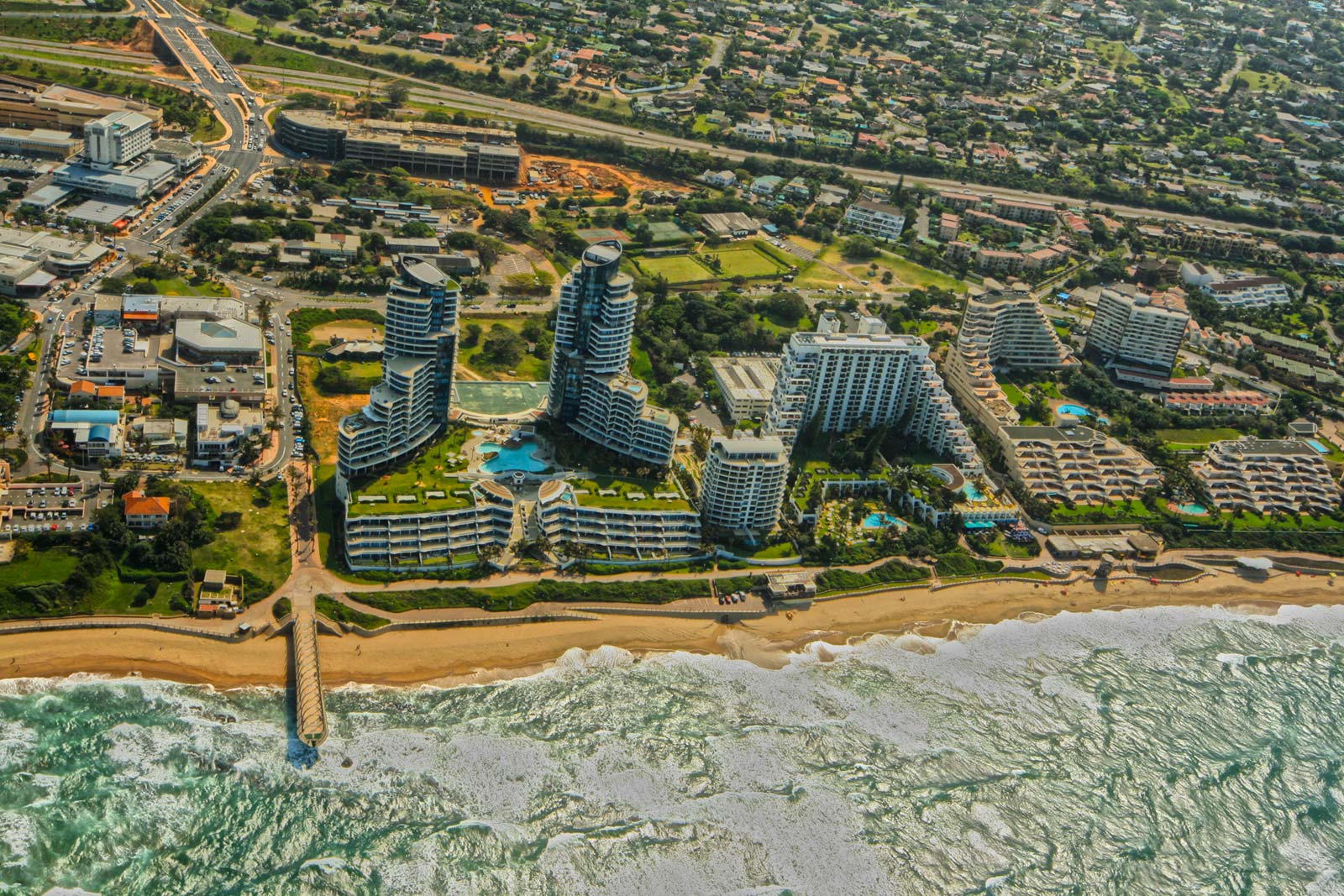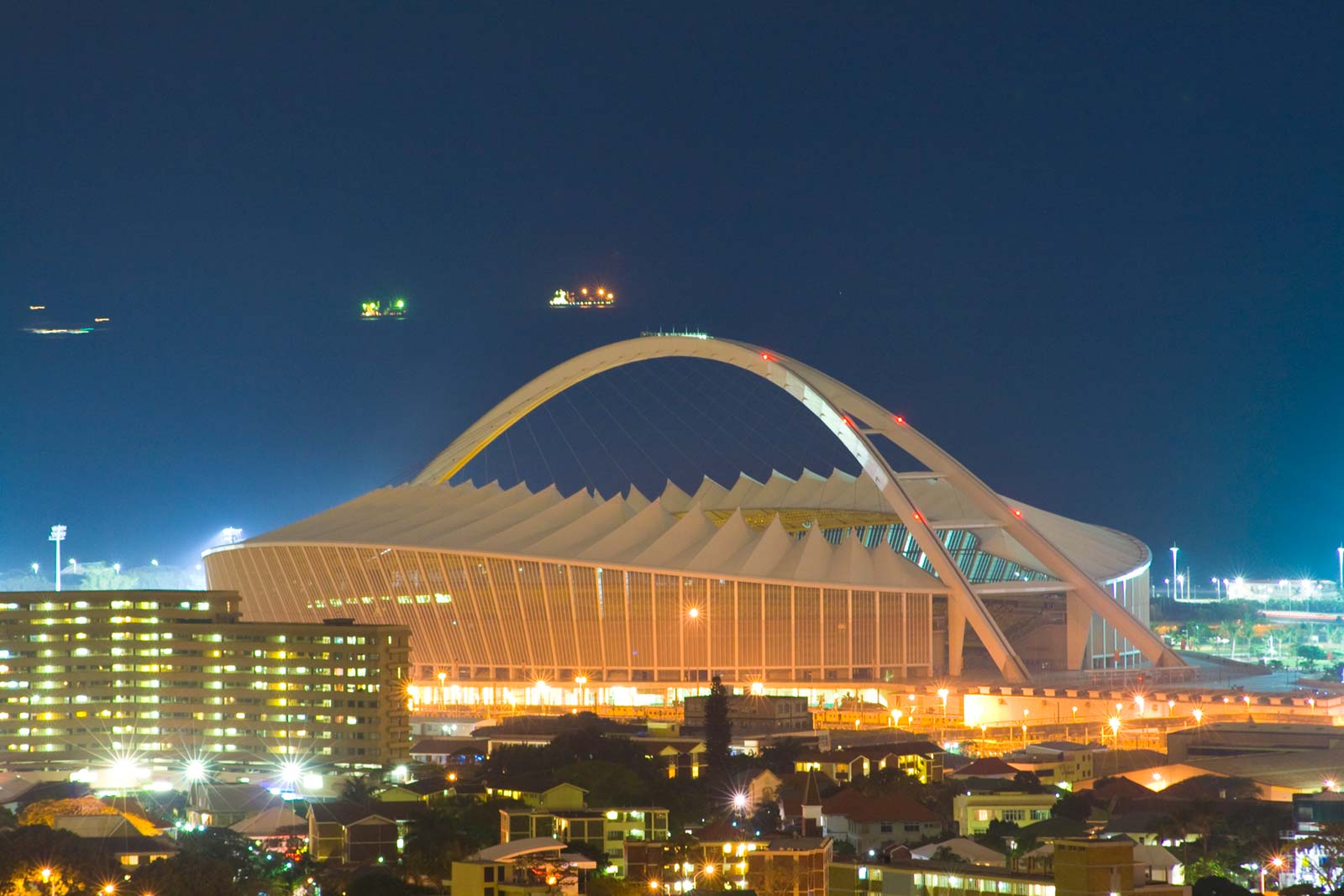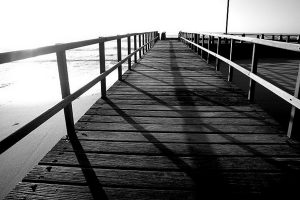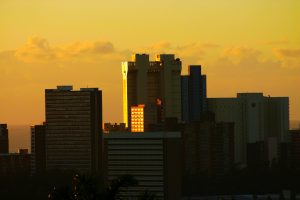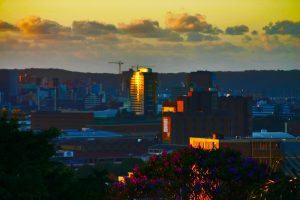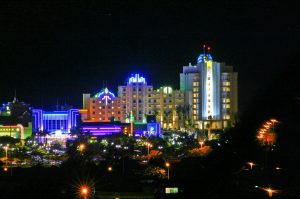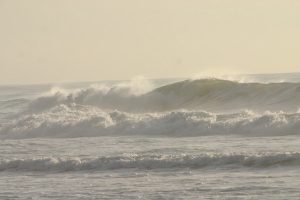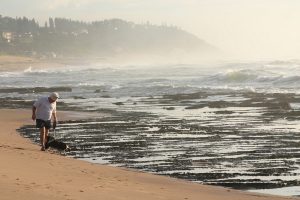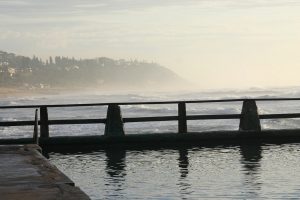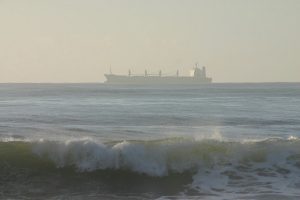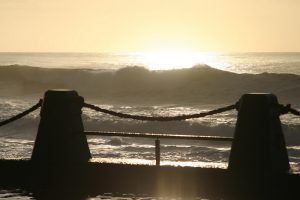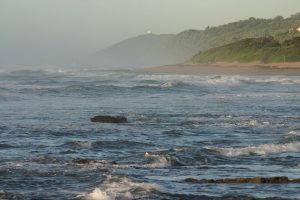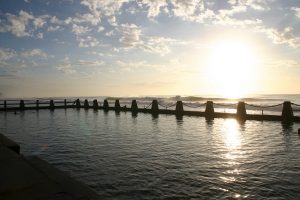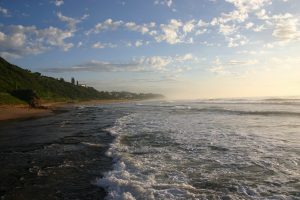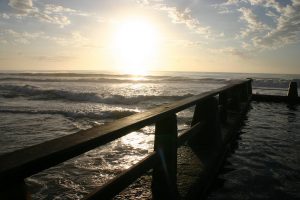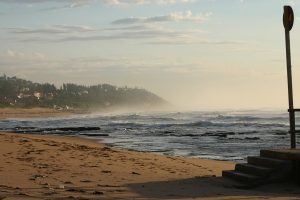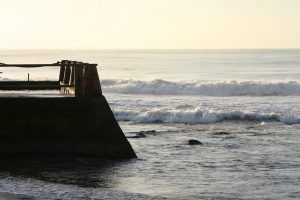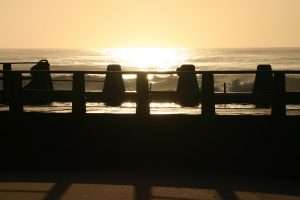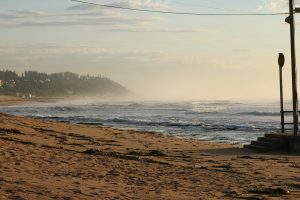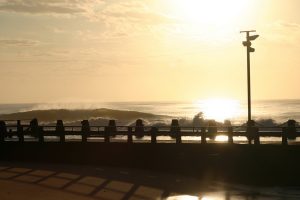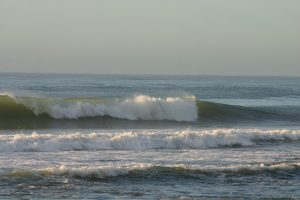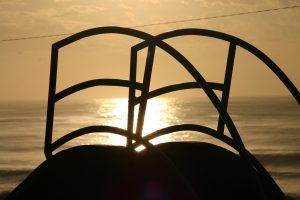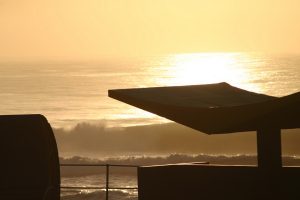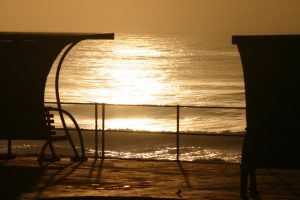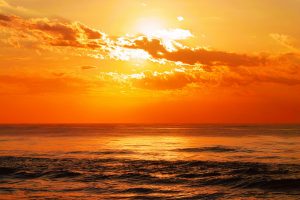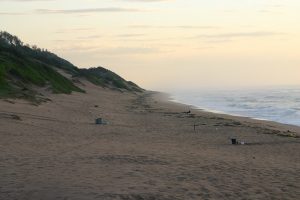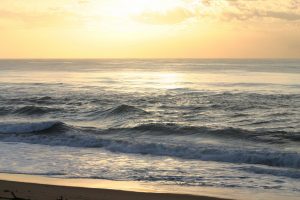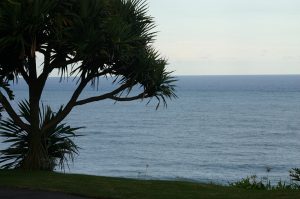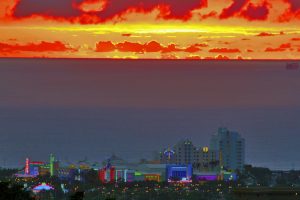Durban & Surrounds
Welcome to Durban & Surrounds KwaZulu Natal South Africa.
Durban is ethnically diverse, with a cultural richness of mixed beliefs and traditions. Zulus form the largest single ethnic group. It has a large number of people of British and Indian descent. The influence of Indians in Durban has been significant, bringing with them a variety of cuisine, culture and religion.
In the years following the end of Apartheid there was a population boom as Africans were allowed to move into the city. The population grew by 2.34% between 1996 and 2001. This led to shanty towns forming around the city which were often demolished. Between 2001 and 2011 the population growth slowed down to 1.08% per year and shanty towns have become less common as the government builds low-income housing.
The population of the city of Durban and central suburbs such as Durban North, Durban South and the Berea increased 10.9% between 2001 and 2011 from 536,644 to 595,061.
The number of Black Africans increased while the number of people in all the other racial groups decreased. Black Africans increased from 34.9% to 51.1%. Indian or Asians decreased from 27.3% to 24.0%. Whites decreased from 25.5% to 15.3%. Coloureds decreased from 10.26% to 8.59%. A new racial group, Other, was included in the 2011 census at 0.93%.
The city’s demographics indicate that 68% of the population are of working age, and 38% of the people in Durban are under the age of 19 years.
It has the highest number of dollar millionaires added per year of any South African city with the number rising 200 per cent between 2000 and 2014.
